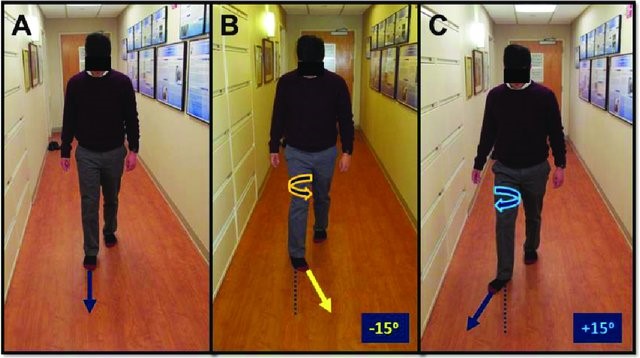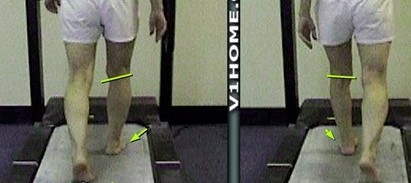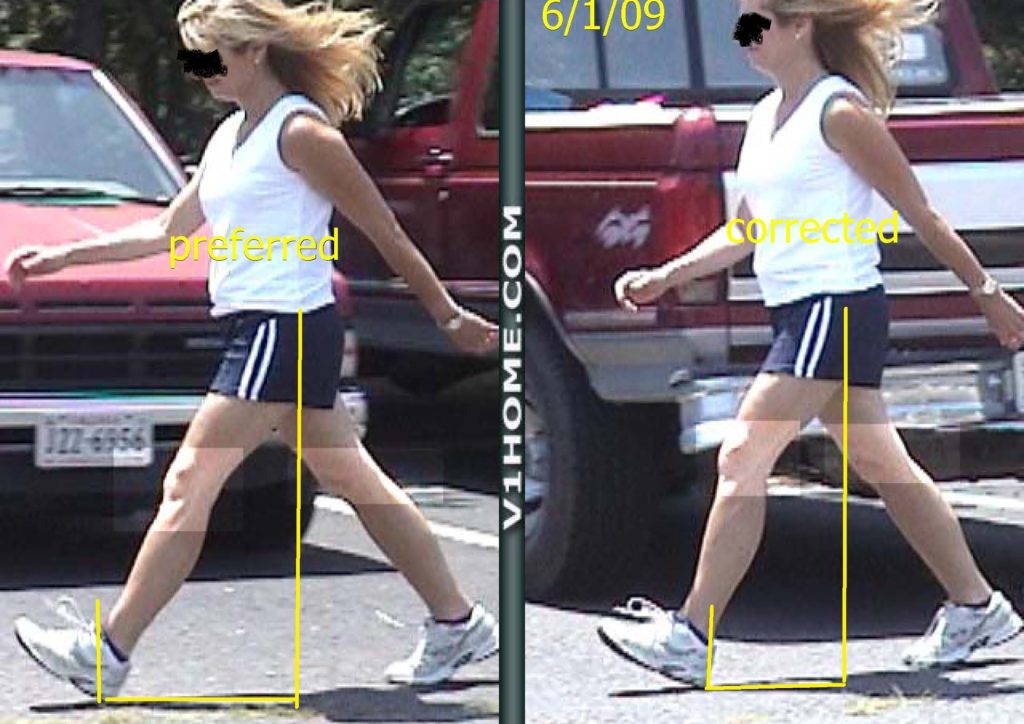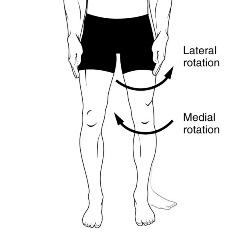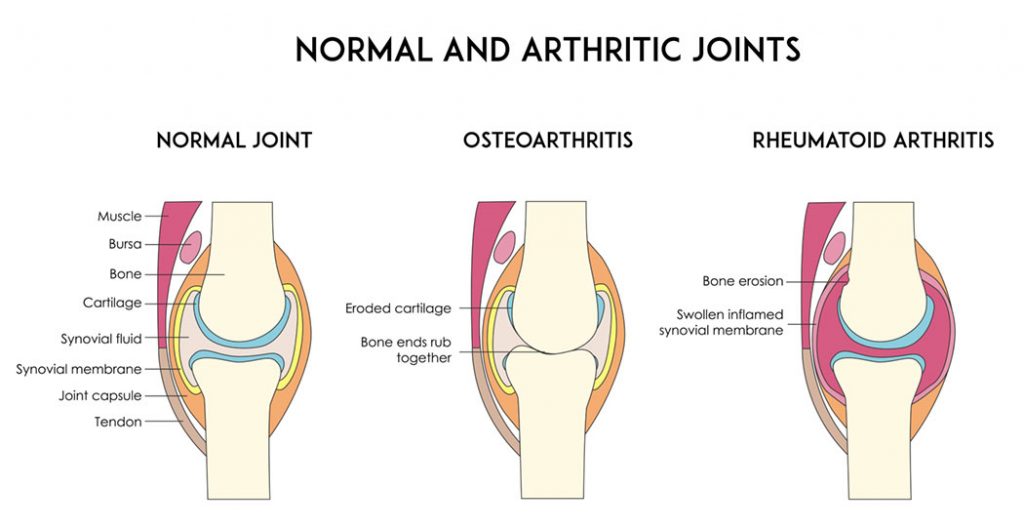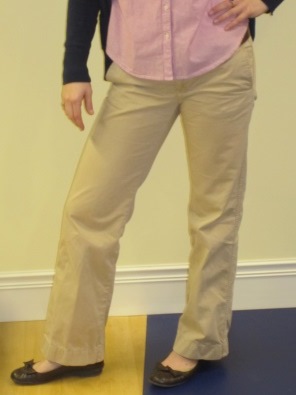Posts Tagged ‘knee pain’
Total Knee Joint Replacement – Are You Satisfied? Gait Analysis & Training Can Provide Post-Op Improvements
Pain and stiffness associated with osteoarthritis in knee joints can result in a limp, gait deviations and gait compensations. Gait deviations are variations from what is perceived as normal walking or running. These deviations are described as limitations, restrictions or weaknesses that lead to lack of mobility, stability or symmetry of movement. Gait deviations also…
Read MoreGait Deviation – Excessive Inward Rotation of Hip Joint
Excessive inward rotation of the hip joint can be a contributing factor to development of repetitive use injuries of: Lateral hip pain (gluteal muscle tendinopathy) Buttock pain (piriformis syndrome) Anterior knee pain (patella femoral arthralgia) Lateral knee pain (IT band syndrome Shin pain (posterior tibial tendinopathy) Plantar heel pain This video first illustrates the gait…
Read MoreKeeping the Spring in Your Step: Ankle Joint Power & Aging
http://bit.ly/DAMIEN25 As we amass more birthdays and get older we tend to walk/run slower, take shorter steps, and fewer per minute. Why do we seem to have less spring in our step the older we get? Kids move fast and crash elderly move slow and crash. One factor is kids have good ankle power elderly…
Read MoreIT Band Syndrome – Controversy Regarding Stretching Exercise
The Iliotibial (IT) Band is a tendon on the lateral aspect of the hip/thigh/knee. It is a large, wide, thick tendon. A tendon is a structure that attaches muscle to bone. IT band syndrome is a typical injury occurring in runners. A commonly recommended treatment for IT band syndrome is stretching exercise. Searching Google for…
Read MoreWoman’s One-Sided Worries
Over the years, I’ve noticed that my female patients experience unilateral hip and/or knee pain (pain on one side of the body) more often than my male patients do. This predisposition has been observed by others as well Lateral hip pain is typically called bursitis, piriformis syndrome, or gluteal tendinopathy. Studies have shown the incidence…
Read MoreCuing to Alter Gait Deviation of Too Long a Step
Cuing to Alter Gait Deviation of Too Long a Step Mathematics helps explain walking or running faster. Step length X steps per minute = speed. In order to move faster there are 3 opportunities take longer steps or strides, increase the steps/minute (cadence), or do both longer steps and a faster cadence. Taking longer steps/stride…
Read MoreKnee Pain Wringing Out – Gait Deviation
Knee pain can develop because of a “wringing out”. I am not referring to banging a bell ring, but the counter-rotation motion that can occur at the knee joint. The knee joint consisting of the thigh and lower leg moves on three different planes of motion. The knee can flex and extend. The knee can…
Read MoreDeviant Gait – Compensation
Compensation is necessary when there is injury or a necessity of making up for something unwelcome or unpleasant. Compensation can be perceived as a negative or positive situation. With injury the dichotomy is will there be recovery or compensation? Salamanders are fascinating animals that are capable of regenerating lost limbs, as well as other…
Read MoreOsteoarthritis – Bad News More Than Good News
Osteoarthritis occurs in a joint when there is more degeneration of the joint cartilage than regeneration of the joint cartilage. Cartilage is a soft tissue on the ends of bones. Cartilage provides a smooth surface to allow free movement of joint, provides a cushioning, and for joint stability. Cartilage tissue is poorly designed for repair…
Read MoreHip Pain: Gluteal Tendon Problems Postures & Positions to Avoid
Tendon problems are a common diagnosis at Achilles, knee (patellar tendon), shoulder (rotator cuff), and elbow (tennis elbow) pain. Interestingly though, pain on the side of the hip is commonly thought to be an inflammation of bursa. Recent investigation has shown that pain on the side of the hip commonly thought to be trochanteric bursitis,…
Read More
